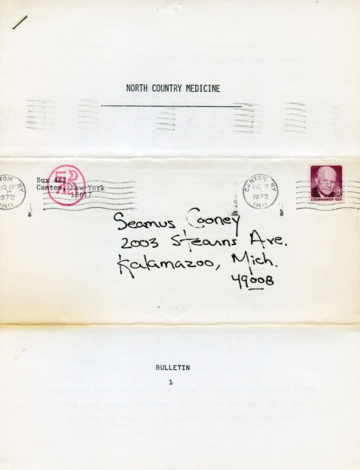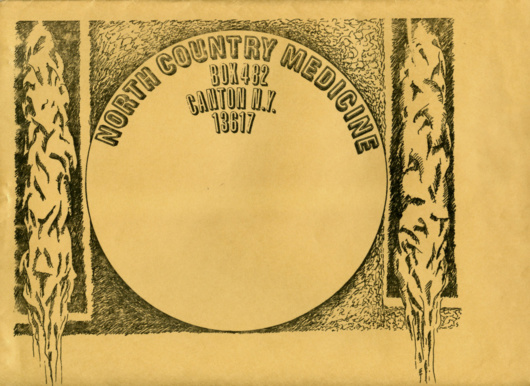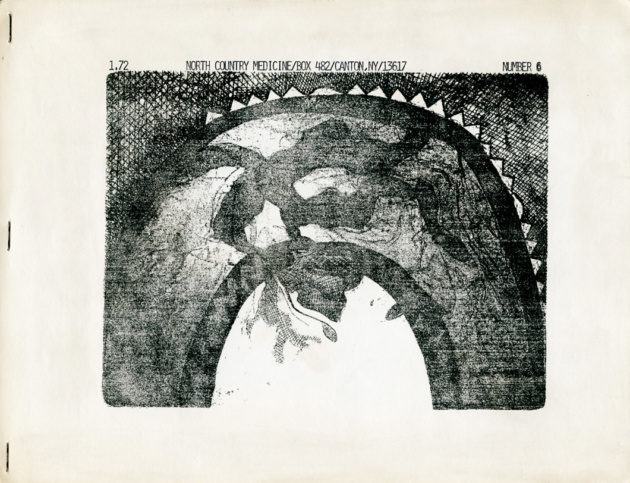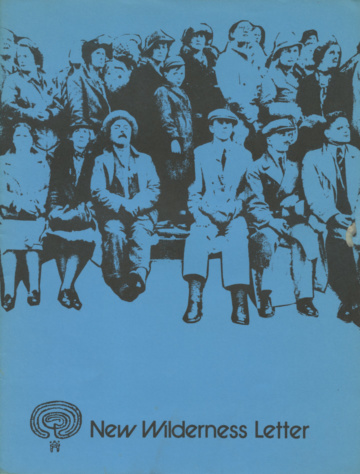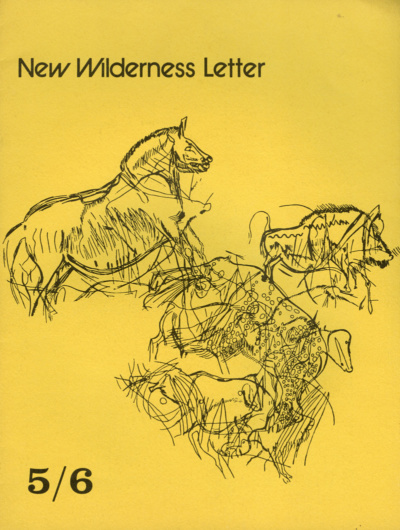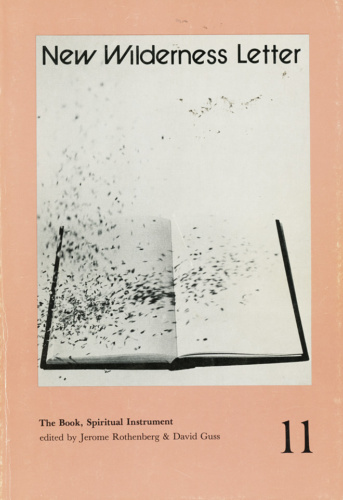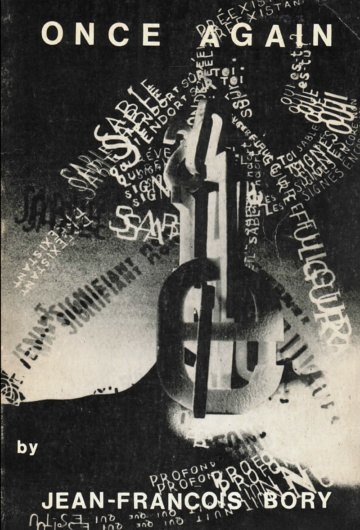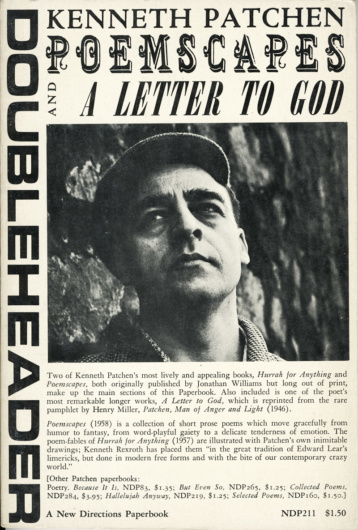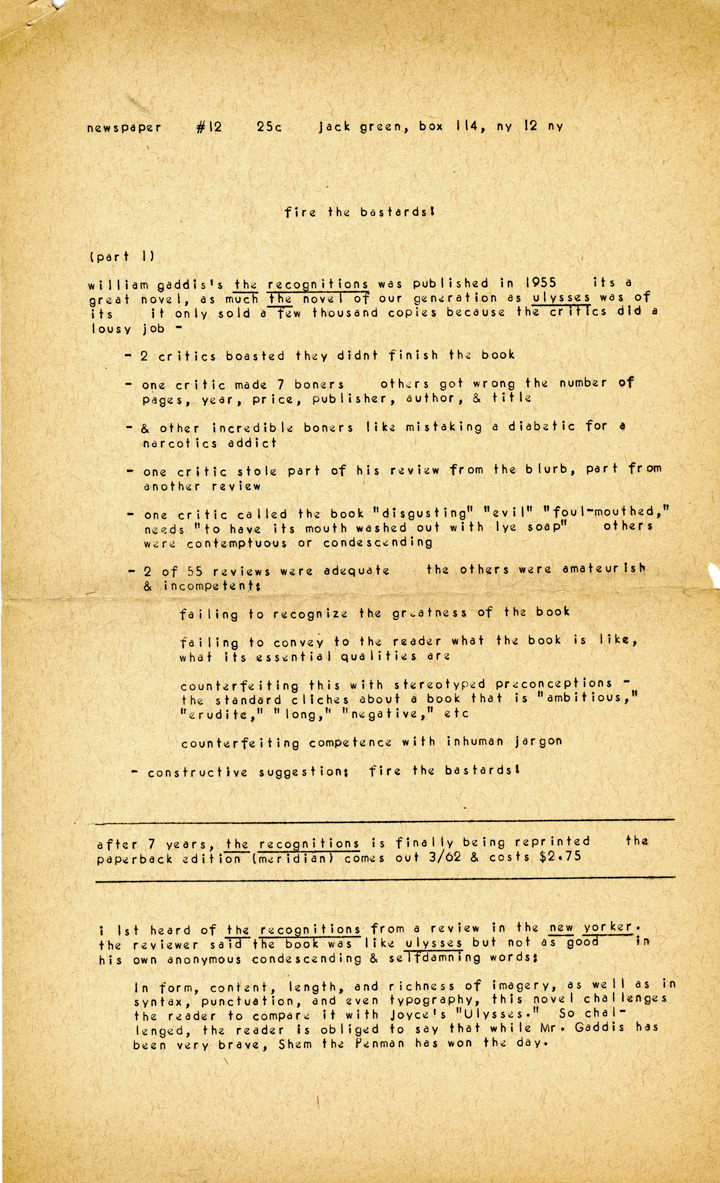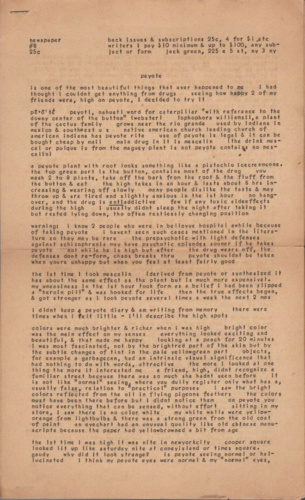New American Writing
Paul Hoover and Maxine Chernoff
Chicago, Illinois and Mill Valley, California
Nos. 1– (1986–). Ongoing.
Paul Hoover and Maxine Chernoff (1–32); Paul Hoover (33–).
New American Writing 1 (1986). Cover by Darragh Park.
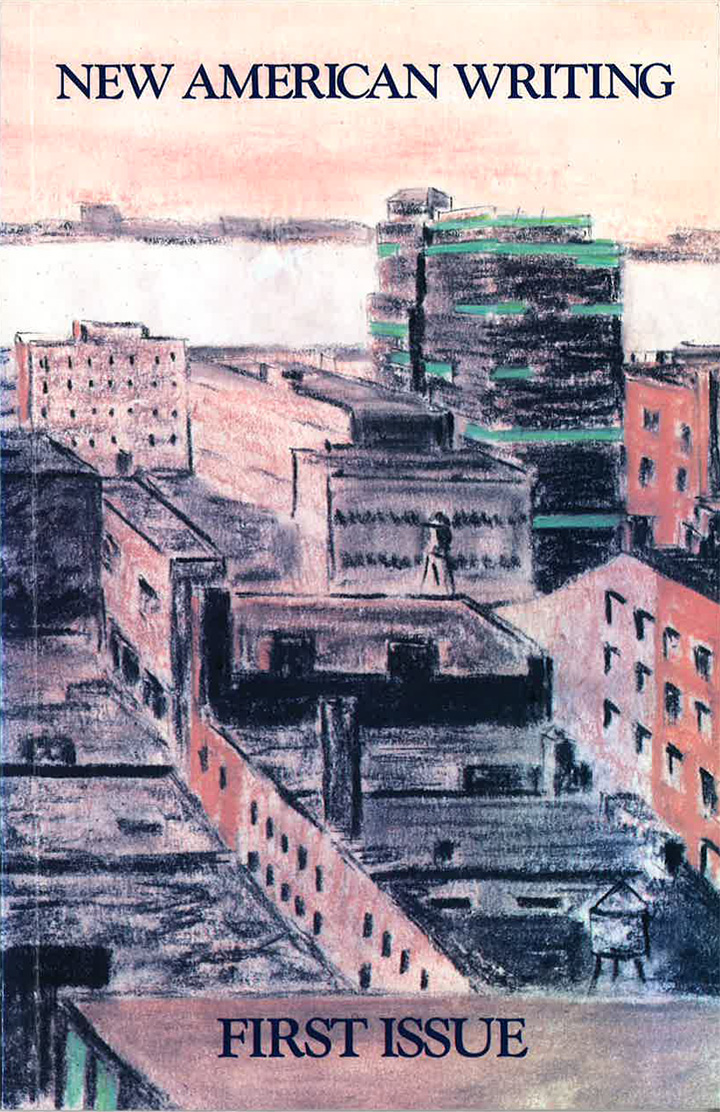
Founded in 1986, New American Writing is a literary magazine emphasizing contemporary American poetry. Edited by Paul Hoover and Maxine Chernoff, it appears once a year in early June. The magazine is distinctive for publishing a range of innovative writing. Now in its thirty-fourth issue, it has been edited solely by Paul Hoover since issue 33 (2015).
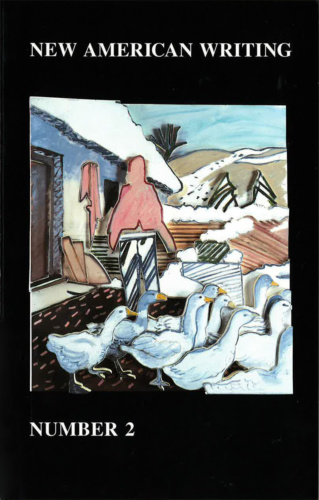
New American Writing 2 (1987). Cover by Larry Rivers.
Issues have included cover art by leading artists, including Enrique Chagoya, Bill Viola, Alex Katz, Larry Rivers, Robert Mapplethorpe, Jennifer Bartlett, Elizabeth Murray, Fairfield Porter, and Joe Brainard. Contributors have included John Ashbery, Robert Creeley, Charles Simic, Jorie Graham, Barbara Guest, Fanny Howe, Rosmarie Waldrop, Nathaniel Mackey, Marjorie Perloff, Lyn Hejinian, Charles Bernstein, Cole Swensen, Elizabeth Robinson, Donald Revell, Hoa Nguyen, Claudia Keelan, Gillian Conoley, Karen Volkman, Ben Lerner, and Noah Eli Gordon, among others. (A more complete list of contributors follows.) Contributors have frequently been included in the annual anthology, The Best American Poetry (Scribners), edited by poet and critic David Lehman and a distinguished guest editor. Work from the magazine has also appeared in the distinguished Pushcart Anthology. In 1988 the magazine was named one of the nation’s ten outstanding literary magazines by the Coordinating Council of Literary Magazines. In 2001, the magazine was honored at the National Arts Club in Gramercy Park for thirty continuous years of publication, including Oink!
The magazine has enjoyed partial financial support from Columbia College Chicago and San Francisco State University.
— Paul Hoover, Mill Valley, California, September 2016
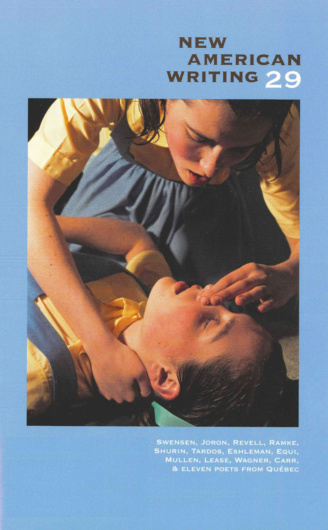
New American Writing 29 (2011). Cover photo by Anna Gaskell.
Special Issues and Features
A supplement of Australian poetry edited by John Tranter (no. 4).
An issue on Censorship and the Arts (no. 5) at the time of Jesse Helms’s attempt to disband the NEA.
Innovative poetry from Great Britain edited by Ric Caddel (no. 9/10).
Modern and contemporary Brazilian poetry edited by Régis Bonvicino (no. 18), featuring work by Murilo Mendes, Carlos Drummond de Andrade, João Cabral de Melo Neto, Mário Faustino, Paulo Leminski, Julio Castañon Guimãres, Horácio Costa, Régis Bonvicino, Josely Vianna Baptista, Carlito Azevedo, Claudia Roquette-Pinto, Antonio Moura, Anibal Cristobo, and Tarso M. de Melo.
A special feature on Clark Coolidge, edited by Tom Orange (no. 19).
OBERIU: Russian Absurdism of the 1930s, edited by Eugene Ostashevsky and translated by Eugene Ostashevsky and Matvei Yankelevich, featuring Daniil Kharms, Alexandr Vvedensky, and Nikolai Zabolotsky (no. 20).
The Poetry of Tymoteusz Karpowicz, edited and with an introduction by Frank Kujawinski and Tomasz Tabako (no. 20).
Richter 858 Poets, edited by David Breskin: poems written on a series of eight abstract paintings by Gerhard Richter: W. S. Di Piero, Dean Young, Ann Lauterbach, Richard Howard, Paul Hoover, David Breskin, Connie Deanovich, Robert Hass, Brenda Hillman, Michael Palmer, James McManus, Edward Hirsch, and Jorie Graham, based on a show and public reading at San Francisco Museum of Modern Art (no. 21).
Three Contemporary Chinese Poets, edited by Wang Ping: Che Qianzi, Yu Jian, Jia Wei, translated by Wang Ping and, in sequence, Ron Padgett, Lewis Warsh, and Alex Lemon (no. 22).
The New Canadian Poetry, edited by Todd Swift: Lisa Robertson, Jason Camlot, George Murray, Christian Bök, Sina Queyras, Tammy Armstrong, Carmine Starnino, Louise Bak, David McGimpsey, Jon Paul Fiorentino, Nathalie Stevens, John Stiles, Mark Cochrane, Paul Vermeersch, Lisa Pasold, Ken Babstock, Bill Kennedy, and Darren Werschler-Henry (no. 23).
Nine Contemporary Vietnamese Poets, edited by Nguyen Do and Paul Hoover: Dang Dinh Hung, Van Cao, Hoang Hung, Thanh Thao, Nguyen Do, Nhat Le, Nguyen Quang Thieu, Nhat Le, Vi Thuy Linh, and Nguyen Duy (no. 23).
Five Contemporary Greek Poets, edited by Valerie Coulton and Ed Smallfield: Mairi Alexopoulou, Phoebe Giannisi, Katerina Iliopoulou, Socrates Kabouropoulos, and Vassilis Manoussakis (no. 28).
Eleven Poets from Quebec, edited by François Luong: François Turcot, Renée Gagnon, Steve Savage, Annie LaFleur, Oana Avasilichioaei, Chantal Neveu, Alexis Lussier, Angela Carr, Alain Farah, Daniel Canty, and Hector Ruiz (no. 29).
Nine Mexican Poets (Alejandro Tarrab, Óscar de Pablo, Juan Carlos Bautista, Sara Uribe, Yaxkin Melchy, María Rivera, Óscar David López, John Gibler, and Cristina Rivera-Garza), edited by Cristina Rivera-Garza (no. 31).

